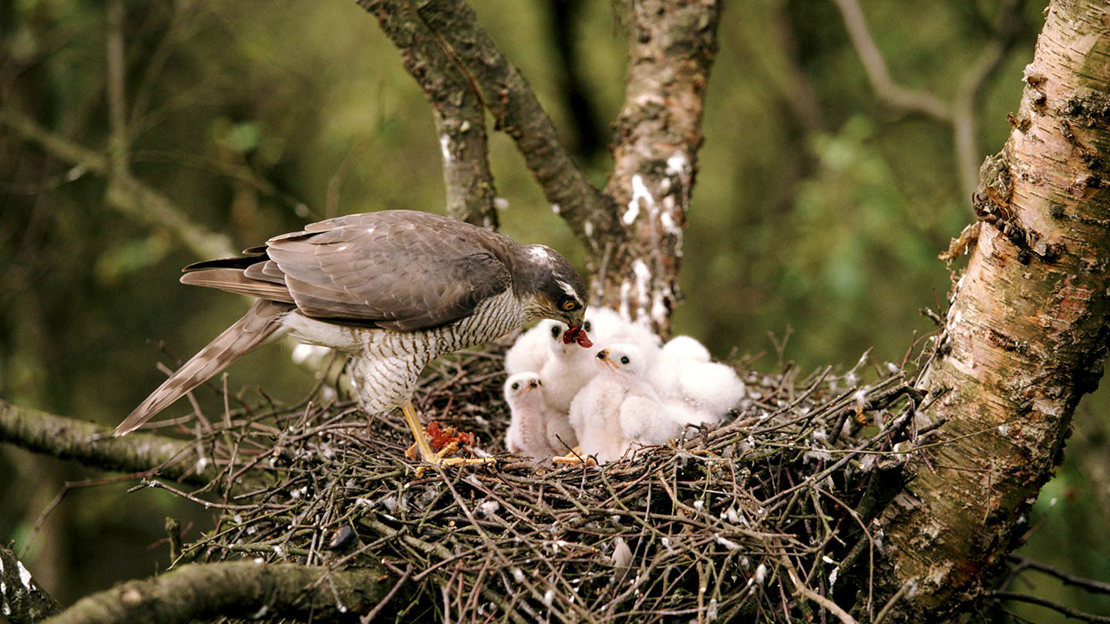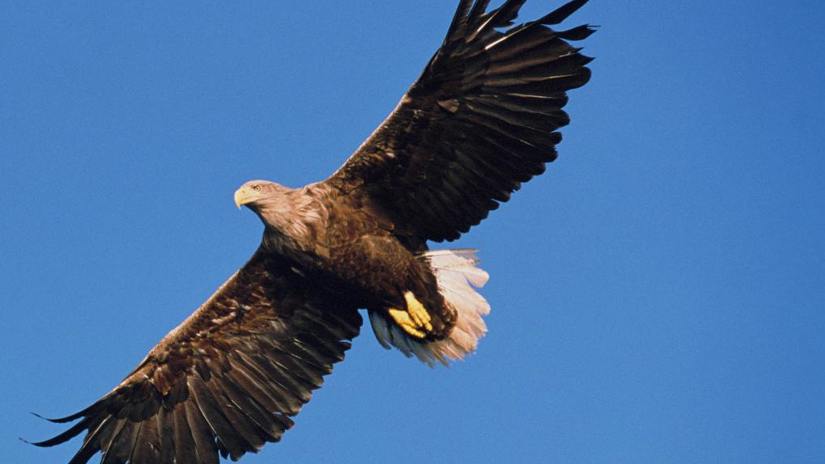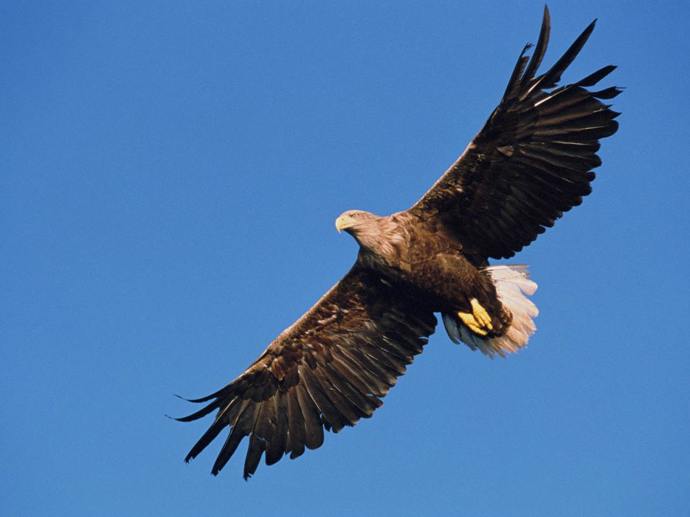Common name: sparrowhawk
Scientific name: Accipiter nisus
Family: Accipitridae (hawks and eagles)
Habitat: dense woodland, gardens, cities and suburban areas
Diet: small birds
Predators: no natural predators
Origin: native
With brilliant yellow eyes and long yellow talons, this small yet skilful predator swoops down to ambush its prey unawares. Strongly reliant on woodland, the sparrowhawk has been threatened in the past but is currently widespread throughout the UK.
Common name: sparrowhawk
Scientific name: Accipiter nisus
Family: Accipitridae (hawks and eagles)
Habitat: dense woodland, gardens, cities and suburban areas
Diet: small birds
Predators: no natural predators
Origin: native
Sparrowhawks are small birds of prey with strikingly bright-yellow eyes, broad wings and yellow legs with long talons. Males are smaller than females with grey upper parts, a streaked orange-brown front and a slate-grey head on top with an orange-brown face. Females are significantly bigger (by up to 25%) and are streaked with dark brown all over. Their head is also dark brown, with a slight eye stripe. Juveniles look similar to females.

Credit: Tony Cox / WTML
These birds are renowned for their diet of small birds. Thrushes, sparrows, finches and tits are all favoured food sources, and females have even been known to eat pigeons. Some sparrowhawks even eat bats!
The sparrowhawk’s lifespan is around four years.
In the spring, sparrowhawks display to one another in order to find a mate – males will perform a ‘rollercoaster flight’ to impress the females. They rely on woodland to nest, building their nests low down in the canopy. Nests are made from twigs, lined with flakes of bark, and are cup-shaped in the centre to keep the eggs safe. Around four to five eggs are laid between May and July and hatch after a month. Four weeks later the chicks are usually ready to fledge.

Credit: Tony Cox / WTML
Sparrowhawks live in dense woodland and forests, as well as cities, gardens and suburban areas. They are widespread around the UK, except for the Scottish Highlands and Shetland.
The sparrowhawk’s eyes change colour as it gets older, going from a bold yellow to a deeper orange, and even red!
Look out for sparrowhawks in woods and gardens all year round. As these birds are small they can be difficult to spot, but if you keep a close eye on their prey near hedges you might see one as it quickly swoops in for an ambush. They have even been known to take birds from their feeding stations in gardens!
It’s also worth listening out for the alarm calls of the sparrowhawk’s prey – they will call to alert other birds of its presence in the area. Piles of plucked feathers are also a sure sign of a recent sparrowhawk meal.


Credit: Danny Green / naturepl.com
Now one of the most widespread birds of prey in the UK, sparrowhawks were once close to extinction in several countries. This was predominantly due to deforestation, leading to habitat loss, and persecution.


Amy Lewis • 10 Sept 2021
Learn how to identify the UK's birds of prey with our quick guide to their calls, key features and likely hangouts.